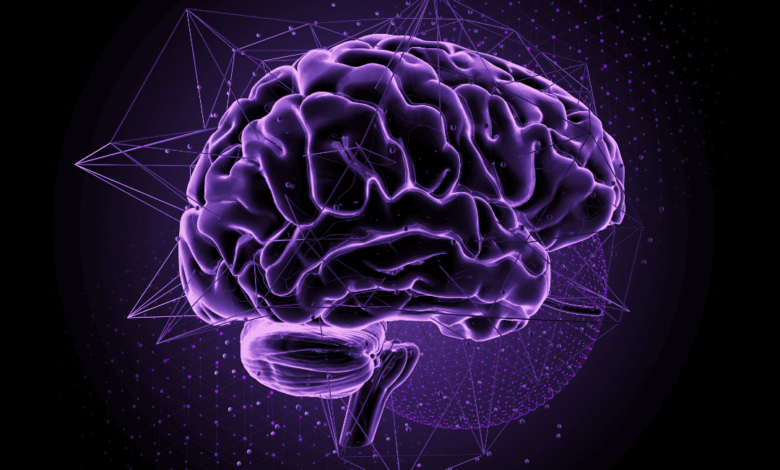
When ChatGPT arrived on the scene three years ago, you could hear the collective worldwide “uh oh” from public relations professionals both in-house and at agencies. Suddenly, news releases could be generated in seconds, social media content flowed like water from a tap, and media pitches materialized at the click of a button.
For an industry built on the power of words, reputation, and trust, the arrival of generative AI felt at once like both a revolution and a reckoning.
But just a few months shy of three years into the AI era, a funny thing has happened: the most successful PR campaigns aren’t the ones drowning in AI-generated content. They’re the ones where human creativity has learned to dance with artificial intelligence, not be replaced by it.
PR Is Still About Connections
While machines can now craft grammatically perfect sentences and analyze sentiment patterns faster than any human ever could, they stumble where PR professionals have always excelled: reading the room, understanding cultural nuance, and knowing when to break the rules.
The art of public relations has never been just about generating content. It’s about generating connection, trust, and influence. And as it turns out, that requires something no algorithm can replicate: genuine human insight into the messy, contradictory, beautifully complex world of human emotion and motivation.
The question isn’t whether AI will transform public relations; it already has. The real question is where human creativity and strategic insight become valuable and irreplaceable.
To understand the importance of humans in PR in the age of AI, you have to think not just about how content is created but also how it’s consumed. People—PR people, specifically—have a vital role in leveraging the former and influencing the latter.
Heads: Content Creation
From a creation standpoint, it’s true: machines do some things better than we do. AI can handle content generation at scale far better than people; it can produce accurate, properly formatted news releases and follow AP style guidelines faster than we can, generate multiple platform-specific posts from a single brief, and create basic media pitches in a flash. It can also do sentiment tracking and analysis, and process hundreds of articles to identify key themes faster than we can.
Wait… that doesn’t sound like something to be afraid of! It sounds like a phenomenal tool to be leveraged—something that accelerates the foundational aspects of the PR practitioner’s role to free us up to do the work built on human instinct and connections.
AI has a place in earned media, but let’s be clear: AI shouldn’t be in charge of your efforts or automating your relationships. It can help you be more efficient, more strategic, and better targeted, but it doesn’t replace you.
Despite all the technology, good PR professionals still work the phones, write personal emails, and comment on reporters’ social media posts. AI can’t remember that the last time you talked to a journalist, they mentioned that their kid just made the travel soccer team or had a college visit coming up. AI can’t sense when a reporter is overwhelmed and just took a call as a courtesy versus when they’re genuinely receptive to your pitch.
PR work has always been methodical and relationship-driven. PR professionals have cultivated relationships not just to secure coverage but to become trusted sources reporters turn to for accurate information and credible perspectives. They’ve built thought leadership platforms not for vanity metrics but to establish their clients as authoritative voices in their industries. They’ve managed crises not just to minimize damage but to preserve the trust that took years to build. Machines can’t do that.
Tails: Content Consumption
But focusing solely on AI’s content creation aspect is missing the much larger and more persuasive side of the coin: AI also affects how content is consumed, and in that aspect, PR professionals shine.
Generative AI isn’t just another shiny object in the marketing tech stack. It’s fundamentally shifting how people find and trust information. In the old world, search engines displayed a buffet of blue links, and your job was to get clicked.
Here’s what’s happening now: Google’s Search Generative Experience, Bing’s AI answers, Perplexity, ChatGPT Search – they are all racing to become answer engines instead of referral engines. Their business model is no longer about sending people to your site. It’s about keeping them on the platform as long as possible.
As AI-powered answers replace search engines and zero-click becomes the norm, trusted, authoritative mentions become the currency of discoverability. In the AI-powered world, the answer is the product. People don’t click; they ask, they get, and they move on. What powers those answers? Not keyword density. Not clever meta descriptions. Not the latest SEO hacks.
Authority. Trust. Reputation. Consistent mentions across the web.
And who has always been in the business of building trust, driving authoritative mentions, and shaping narratives?
That’s right. PR professionals. Communicators.
For decades, public relations professionals have been in the business of building something that can’t be manufactured, purchased, or automated: authoritative trust. Long before algorithms determined credibility scores or search engines ranked expertise, PR practitioners understood that sustainable influence comes from consistently demonstrating knowledge, reliability, and authentic expertise over time.
While everyone else scrambles to reverse-engineer their way into an AI-generated snippet, PR pros already know the path to get there: Earn trust. Earn mentions. Earn the answers.
The human being is the difference between using AI to amplify your content and reach your goals, and using AI because the CMO saw something cool on LinkedIn.
PR Pros Build the Trust AI Now Needs
In an information landscape increasingly dominated by artificial intelligence, the organizations that will thrive are those that understand what PR professionals have always known: true authority isn’t claimed, it’s earned through consistent demonstration of expertise, reliability, and value. And in a world where AI systems are becoming the gatekeepers of information discovery, having a comprehensive, human-based communications strategy that builds that authority across all channels isn’t just smart. It’s survival.





